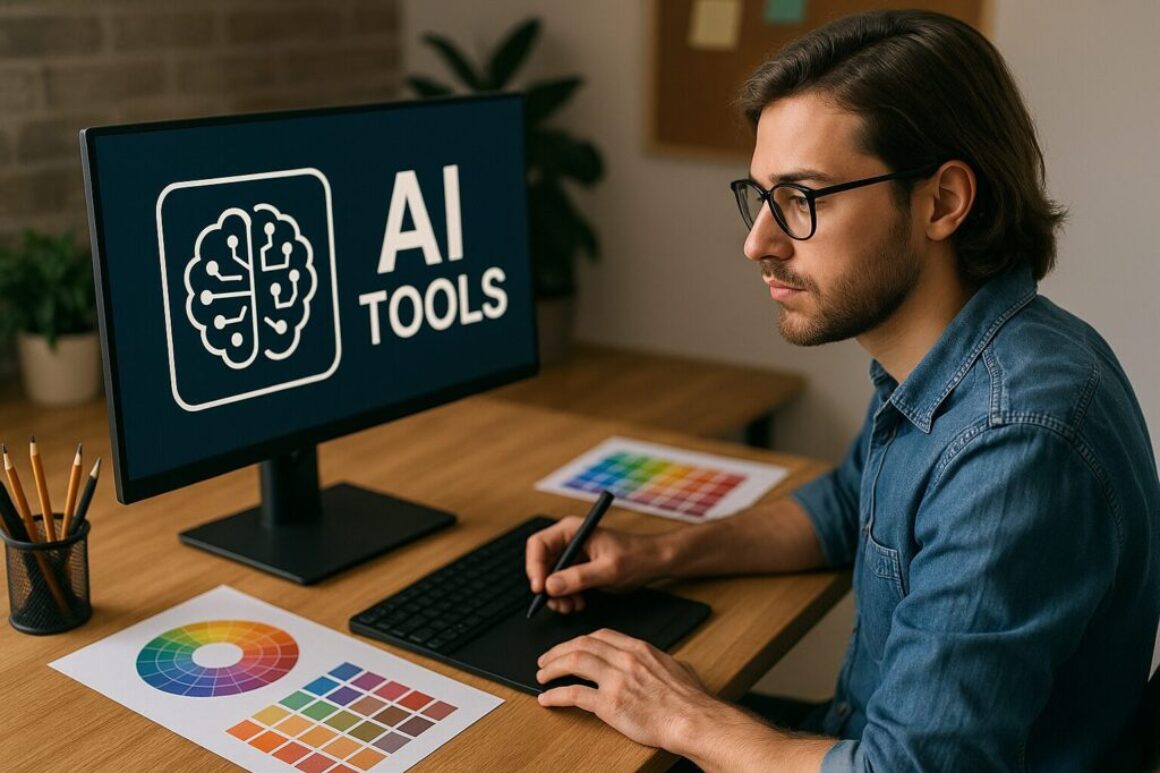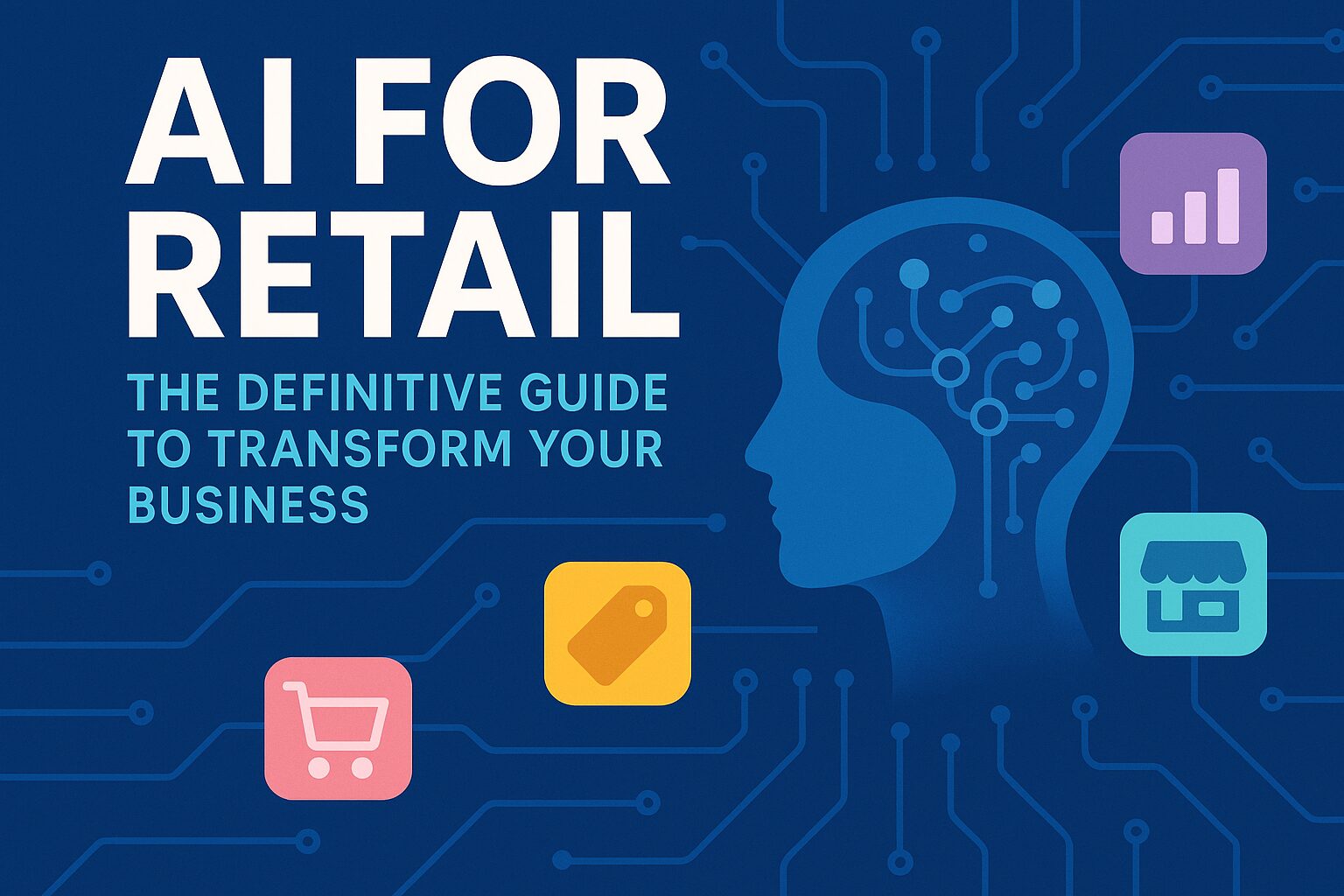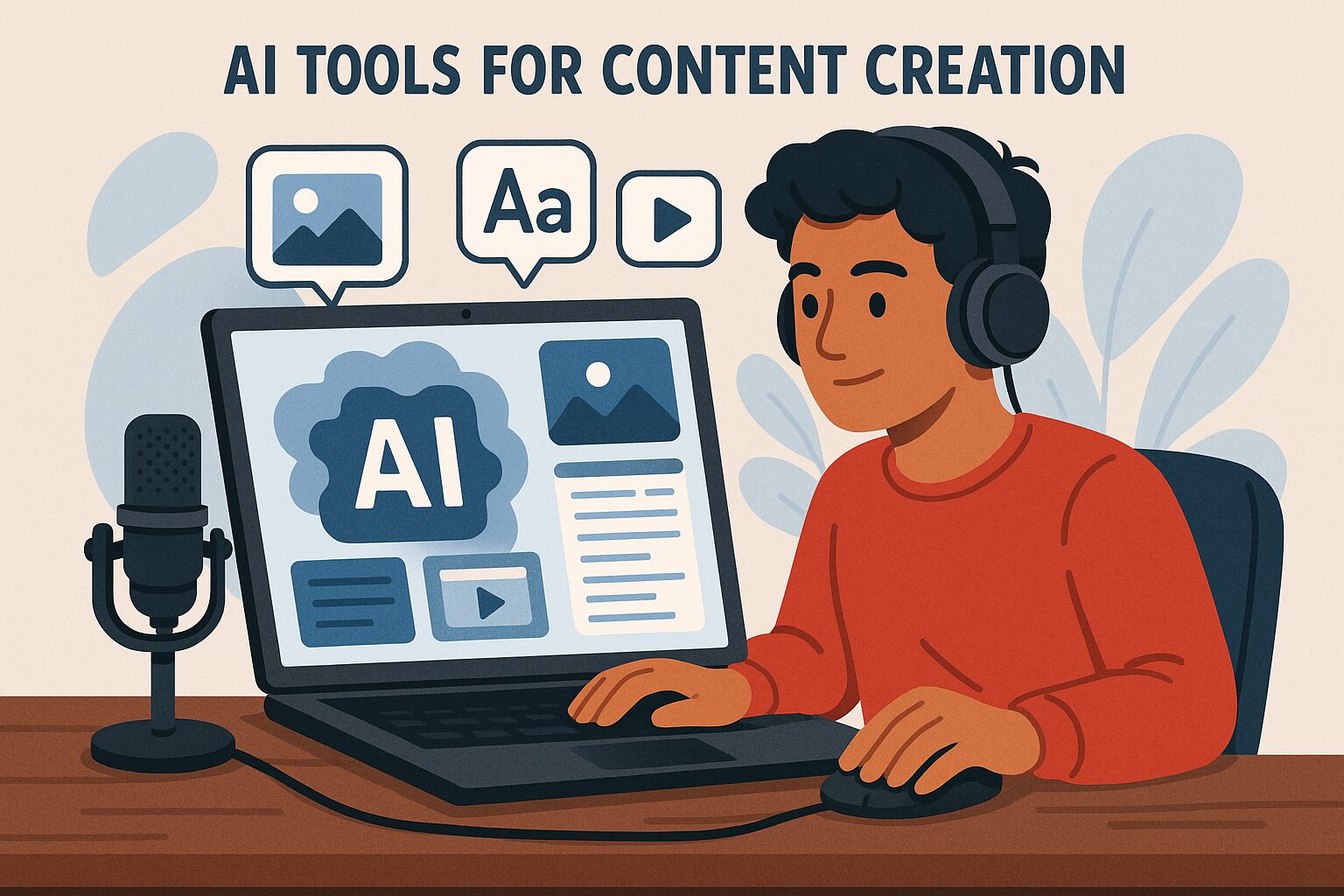AI tools for designers aren’t just a futuristic concept; they are today’s reality, deeply embedded in design pipelines across various sectors including graphic design, UX/UI, content creation, 3D modeling, and even fashion. By leveraging machine learning, predictive analytics, and advanced algorithms, AI-driven design tools offer unparalleled precision, speed, and adaptability, revolutionizing the way designers conceptualize and deliver their projects.
Table of Contents
- Introduction
- Why Designers Need AI Tools in 2025
- AI Tools for Graphic Design
- Popular Solutions
- Content Ideas
- AI for UX/UI Design
- Popular Solutions
- Content Ideas
- AI Tools for Content Creation
- Popular Solutions
- Content Ideas
- AI in 3D Modeling and Animation
- AI for Branding and Identity Design
- Benefits of Integrating AI in Design
- Challenges and Considerations
- Comparative Table of Top AI Design Tools
- Best Practices for Using AI in Design Workflows
- Frequently Asked Questions
- Conclusion
In today’s high-speed digital landscape, AI tools for designers are more than just a trend they’re a necessity. These intelligent solutions help streamline processes, boost creativity, and provide designers with a competitive edge.
Whether you’re a solo creative, part of a design team, or running an agency, leveraging AI design tools is critical to meeting modern client expectations and keeping pace with technological evolution.
Cluster 1: Why Designers Need AI Tools in 2025
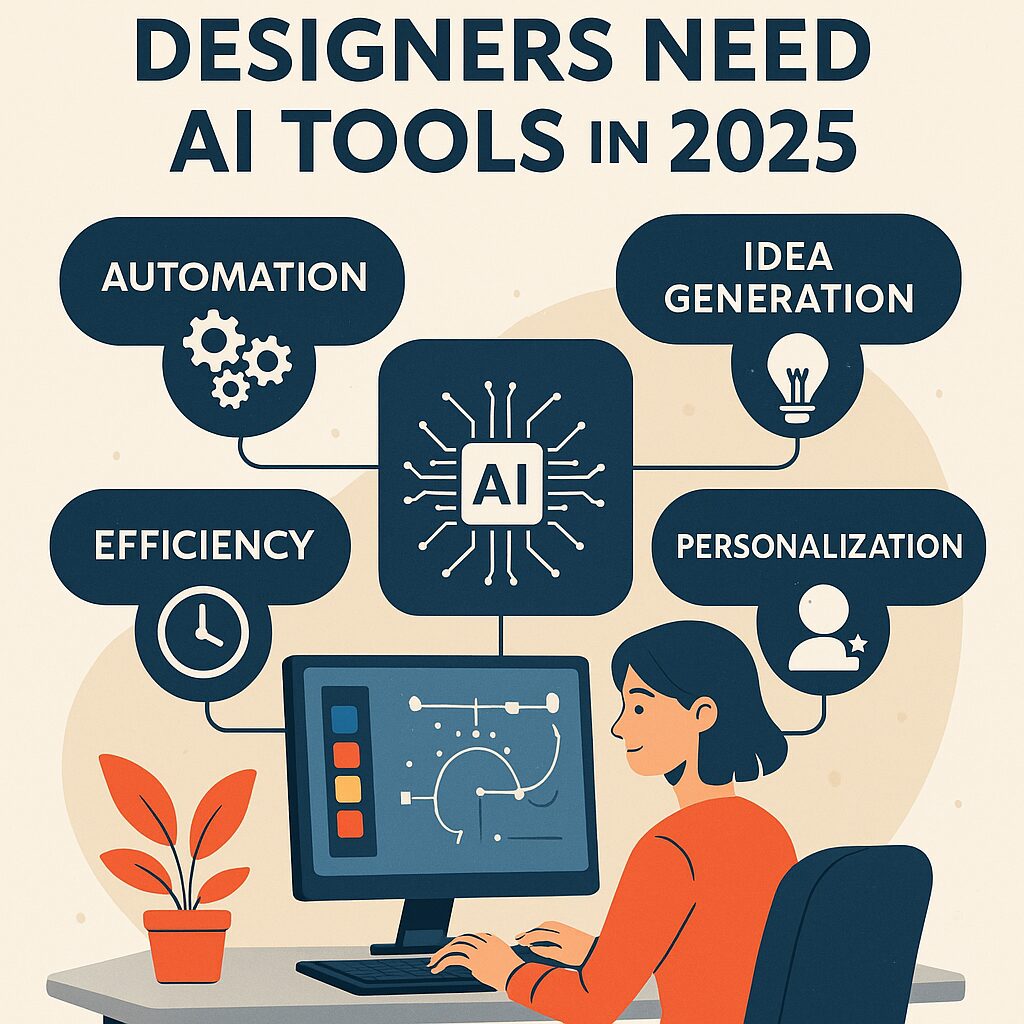
With increased pressure to deliver faster and more innovative visuals, AI helps by:
- Automating repetitive design tasks.
- Enhancing ideation through smart suggestions.
- Improving output quality with predictive algorithms.
- Allowing focus on creativity rather than routine tasks.
Cluster 2: AI Tools for Graphic Design
AI is reshaping graphic design by enabling creatives to produce professional-grade visuals at record speed.
Popular Solutions
- Adobe Firefly: AI-powered generative features for text effects, vector graphics, and image generation.
- Canva AI: Offers AI design suggestions, Magic Write for copy, and background removal.
Content Ideas
- Tutorials: Top 10 AI Graphic Design Hacks
- Case Studies: How Nike Streamlined Campaign Design with Adobe Firefly
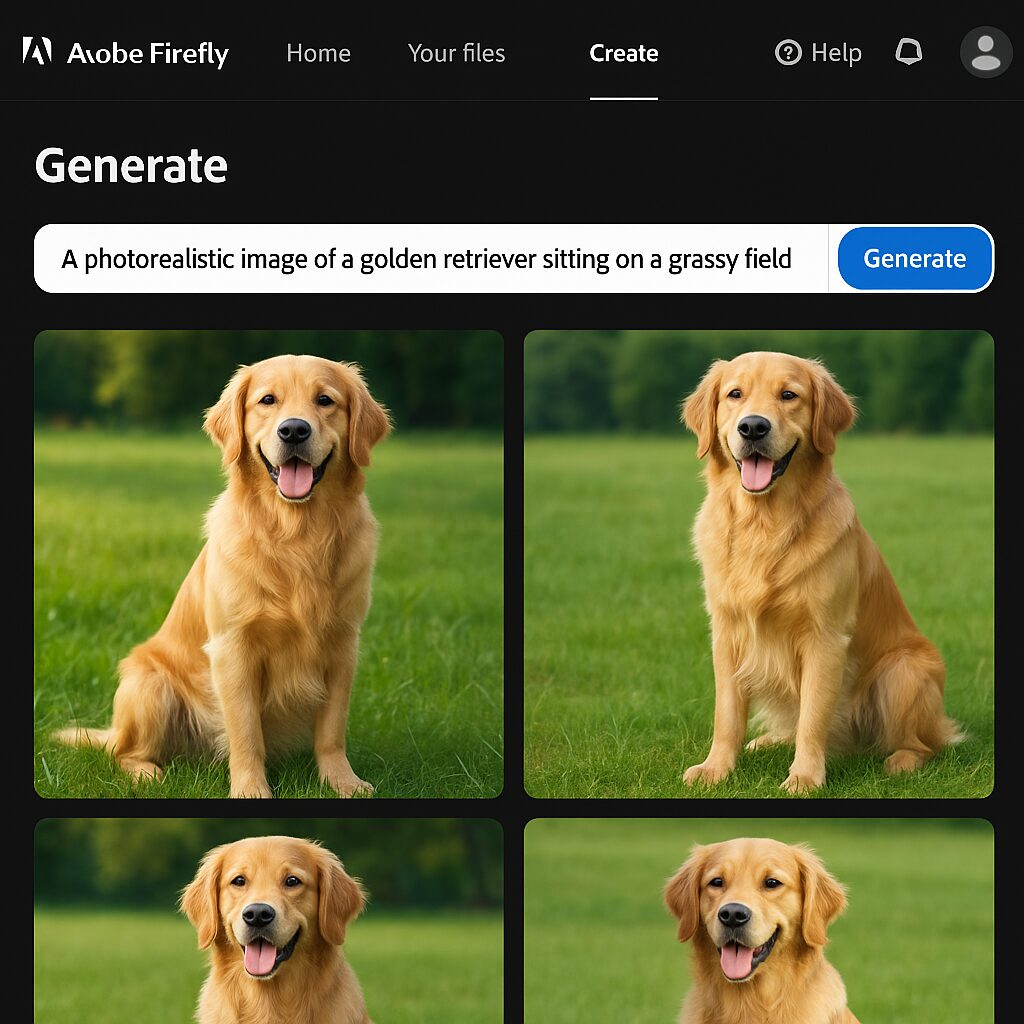
Cluster 3: AI for UX/UI Design
Designing intuitive and engaging digital experiences is easier with AI-enhanced UX/UI tools.
Popular Solutions
- Uizard: Converts hand-drawn wireframes into interactive prototypes.
- Adobe XD with AI plugins: Predicts user paths and optimizes layout based on behavior.
Content Ideas
- Webinar: AI-Driven UX/UI Trends You Can’t Miss
- Blog Post: How to Use Uizard for Rapid UX Prototyping
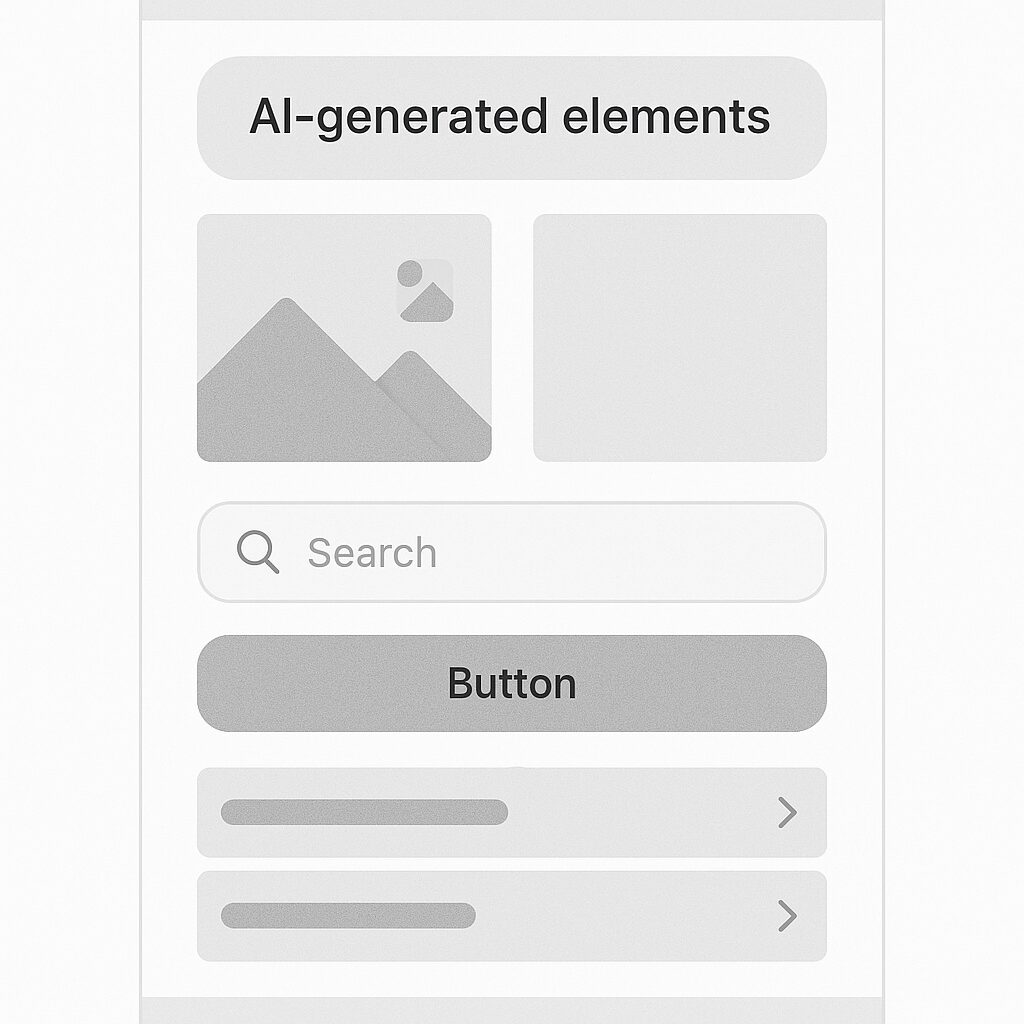
Cluster 4: AI Tools for Content Creation
AI-powered content tools help designers and marketers create, refine, and scale high-quality content.
Popular Solutions
- Jasper AI: Writes persuasive copy tailored to brand voice.
- Copy.ai: Ideal for product descriptions, ads, and landing pages.
Content Ideas
- Video Series: Creating Branded Content with Jasper AI
- Blog Post: Streamlining Copy Production with Copy.ai
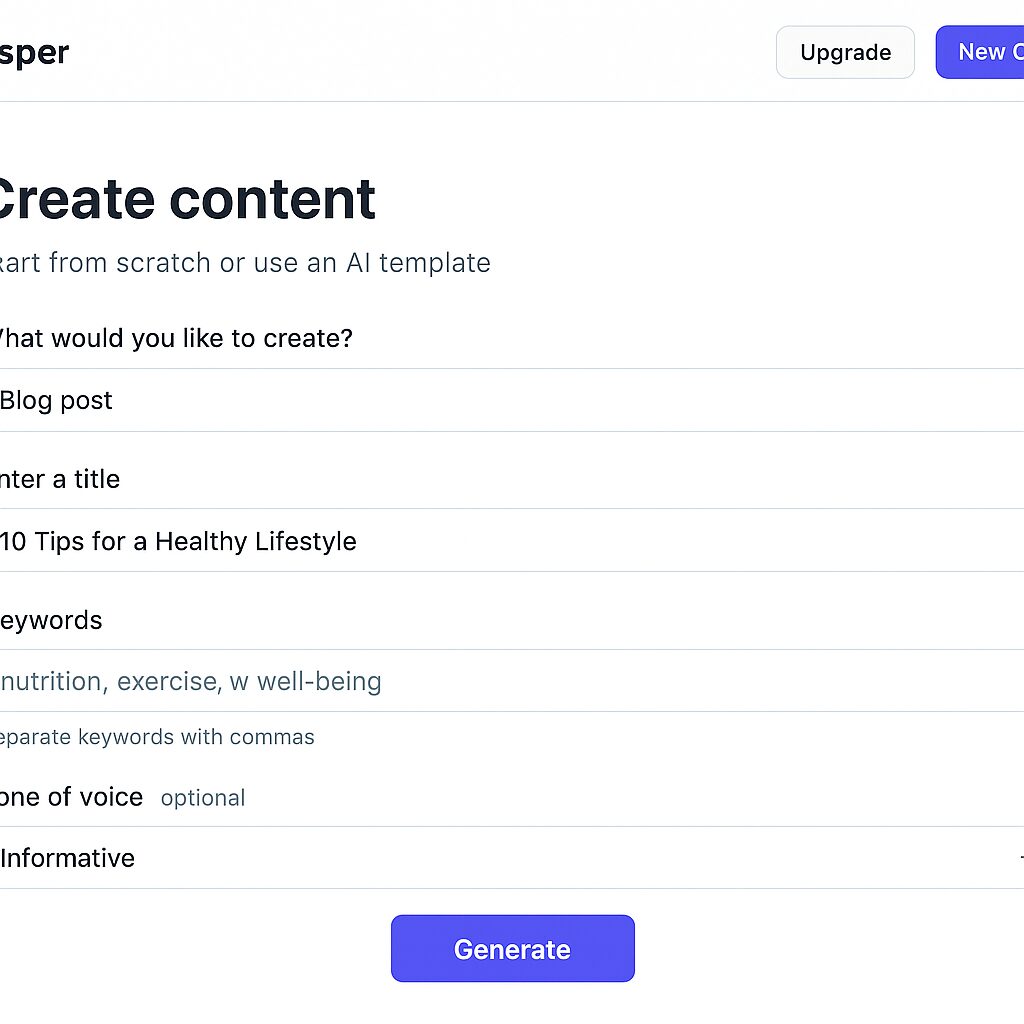
Cluster 5: AI in 3D Modeling and Animation
- Runway ML and Kaedim turn 2D sketches into 3D models.
- Cascadeur assists animators with physics-based motion editing.
These tools reduce production time and enhance visual fidelity.
Benefits of Integrating AI in Design
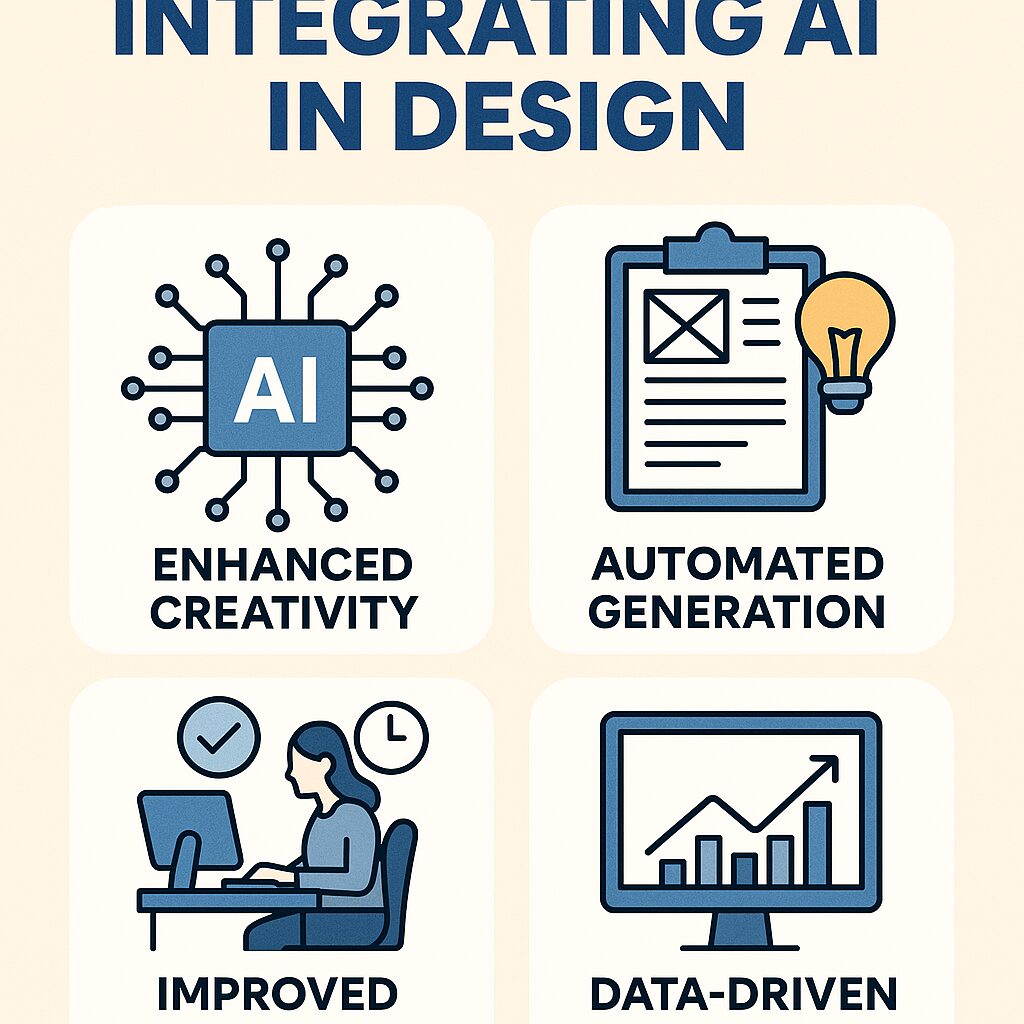
- Increases productivity
- Reduces human error
- Accelerates creative ideation
- Personalizes user experiences
- Enables real-time A/B testing of designs
Challenges and Considerations
- Ethical concerns about originality
- Over-reliance may hinder skill development
- Data privacy with cloud-based tools
- Costs of premium AI subscriptions
Comparative Table of Top AI Design Tools
| Tool | Use Case | Key Features | Price |
| Adobe Firefly | Graphic Design | Text effects, generative fills | Free/Paid |
| Uizard | UX/UI Design | Wireframe to prototype, smart layouts | Freemium |
| Jasper AI | Content Creation | Long-form content, templates | Paid |
| Looka | Branding | Logo maker, brand guidelines | Paid |
Best Practices for Using AI in Design Workflows
- Start Small: Test tools on low-risk projects.
- Stay Updated: Follow updates and AI news.
- Combine Human + AI: Use AI as an assistant, not a replacement.
- Train the Tools: Customize settings to your workflow.
- Evaluate ROI: Track time saved and output quality.

